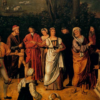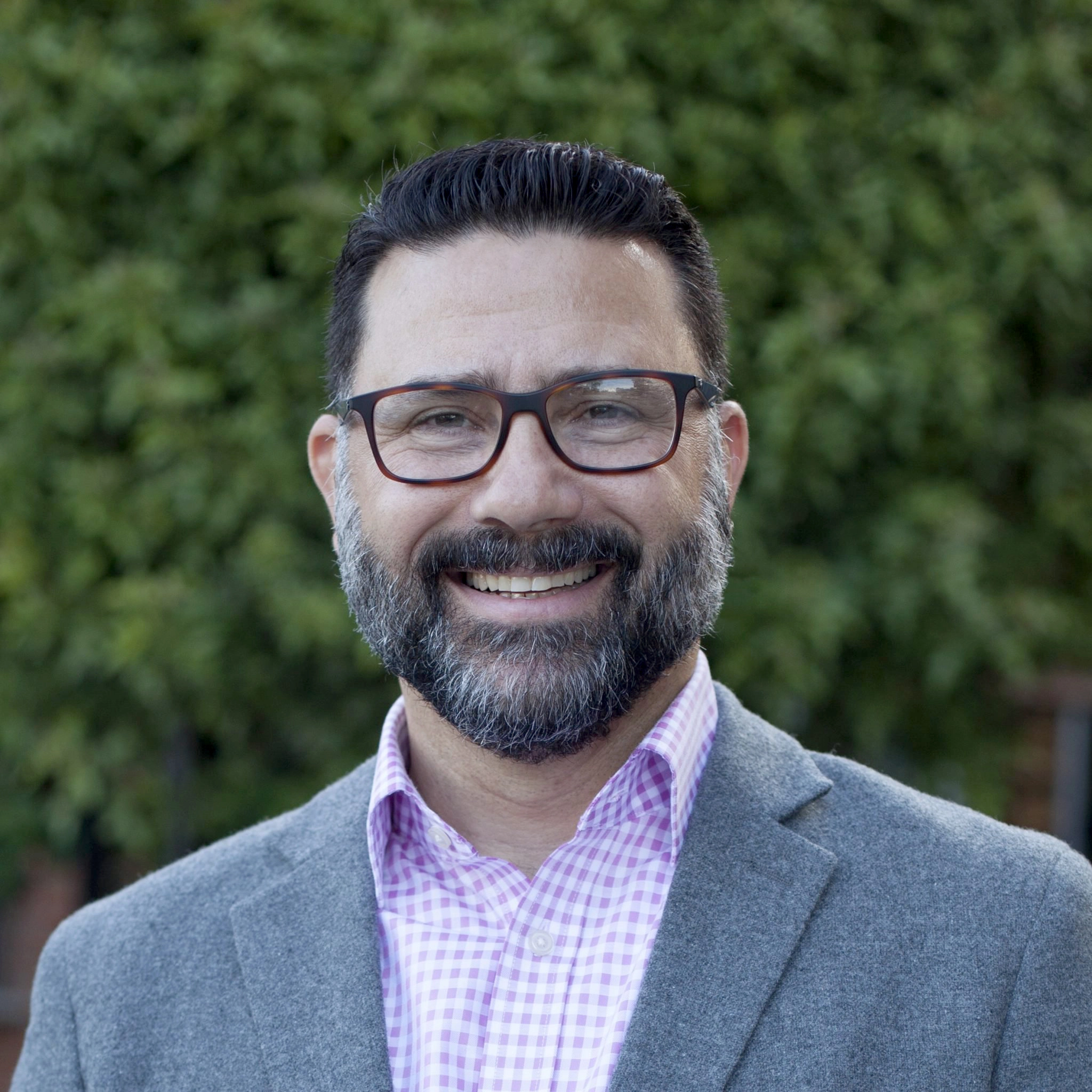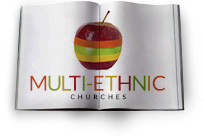One Example of Reaching Your Multi-Ethnic Neighbors
When I first came to High Pointe Baptist Church in Austin, Texas, in August of 2005, in addition to fulfilling my regular responsibilities as pastor of the English-speaking congregation, I preached a Spanish service on Sunday mornings before our regular gathering. We began with a handful of brothers, but, by God’s grace, the gathering grew beyond my ability to shepherd.
Eventually, High Pointe decided that the best course of action was to plant a Hispanic church. Several years have passed since the plant, and as with most ethnic-language churches, many issues arose. Mainly, I learned that ethnic-language churches tend to lose the second generation.
This limitation led me to rethink ethnic-language church planting, but it wasn’t until I was confronted by my small view of the church that I realized we needed to reconsider how we were approaching ethnic-language ministry. Our newly fortified theological convictions led us away from planting ethnic-language churches. Instead, we have begun to emphasize reaching the diverse peoples around us through the regular ministry of our members.
THE CHURCH IN GOD’S ETERNAL PLAN
Working through Ephesians help me understand the place of the church in God’s eternal plan. The apostle Paul reminds the Ephesian Christians that God’s eternal plan is to unite all things in Christ “things in heaven and things on earth” (1:10). One of the things God is uniting through Christ is a diverse, multi-ethnic humanity (2:11-22). As we preach this gospel, we are calling Gentiles (and Jews) to repentance and faith in order that they might enjoy the unsearchable riches of the Jewish messiah (3:8). As these formerly hostile peoples come to faith in Christ, God’s plan to unite all things in Christ is made known to the watching world (3:9). And as repentant Jews and Gentiles come together in the church, they display to the cosmic powers the multi-faceted wisdom of our God (3:10). So, the church participates in God’s eternal plan to unite all things in Christ through the preaching of the gospel and the gathering of repentant sinners in a local gathering of believers.
Likewise, in 1 Peter, the apostle reminds us that, through the gospel, God has created a new race (2:9): a unified people from multiple ethnicities, cultures, and generations living together as family. This is why Peter urges Christians to “love one another earnestly from a pure heart” (1:22; 3:8; 4:8; 5:14). As we live together in love as a local church, we show the world the wisdom of our God and the power of his gospel to change people who formerly isolated themselves on the basis of ethnicity (race), age, or socio-economic background. If this is all true, it should affect how we live as a local church.
RE-THINKING ETHNIC-LANGUAGE CHURCH PLANTING
These glorious gospel truths fortified my convictions about a local church being composed of multiple ethnicities and cultures, including ethnic-language church planting. God is greatly glorified as a diversity of peoples (Jew/Gentile, male/female, rich/poor, young/old, black/white, Hispanic/Asian, etc.) is brought together by the gospel, and as they live together as a church. I’m not saying that a church that is not ethnically diverse is in sin; I am only saying that if we are a faithful witness where God has placed us, then the make-up of our churches should reflect the make-up of our local communities.
For us, that includes ethnic diversity. According to the 2012 U. S. census data, within 3 miles of our building, 73.5 percent of the population are non-Anglo. Because 51.2 percent of that population is Hispanic, we needed to prioritize outreach to the Spanish-speaking population. In addition, while the Asian population only makes up 10 percent of the population in our area, it’s one of the fastest growing groups, particularly the Vietnamese. Our main questions, then, were how to reach people in the community where God had placed us and how to live together as a church in order to display God’s glory and wisdom.
A CULTURE OF EVANGELISM
Our newly fortified theological convictions led us away from planting ethnic-language churches. Instead, we emphasized reaching the diverse peoples around us through the regular ministry of our members. Most importantly, we continued to stress the importance of a culture of evangelism in which having regular gospel conversations with friends and neighbors of all cultures and ethnicities is normal. We wanted to communicate that God is able, through faithful church members, to reach the diverse populations around us in spite of our weaknesses.
That meant we continued doing what we were already doing—spreading the good news as the Lord granted us opportunities. We hoped to cultivate a culture of evangelism by encouraging one another to build relationships with neighbors in order to speak to them about Christ. We celebrated these opportunities with one another and prayed for one another. It has been very encouraging to see how simply celebrating gospel conversations, and not just gospel conversions, has encouraged us to be faithful in taking advantage of daily opportunities for witness. As we faithfully share God’s good news about Jesus, we are taking part in God’s eternal plan to subject all things under Christ. Yet we knew we had to take additional steps.
CHURCH PLANTING IN OUR AREA
Since the majority of our members live over 5 to 10 miles from our building, it makes it difficult to reach those closest to where we gather. In an effort to better care for our members and to have churches that reflect our local communities, we agreed to plant English-speaking churches in the furthest parts of the Austin metro-area where the largest concentrations of our members live. In January 2011, we sent out about 35 members and two elders to plant Covenant Life Fellowship in Elgin, over 20 miles from where we meet. By God’s grace, they have steadily grown and are a reflection of that rural bedroom community. Presently, we have about 30-40 members from the Cedar Park/Leander area who travel more than 30 minutes to gather with us on Sundays. In February 2016, we hope to send out about 40 members and another two elders to plant Cedar Pointe Baptist Church in that area. We pray that these brothers and sisters will be able to live together in love and reach their neighborhoods with the gospel, reflecting the communities in which they gather and displaying the wisdom and glory of God to their neighbors.
Planting these churches in the furthest extremities of the Austin metro-area will allow us to concentrate our outreach efforts closer to where we meet. Still, we have members who live over 5-10 miles from our meeting place. We have encouraged them to move within our five-mile radius, if at all possible. Some of our younger members have moved into apartments that are close-by, while some of the more adventurous members have moved into homes closer to our church building. For many, however, it’s not financially feasible to move closer, so we still face some challenges to reach our neighbors.
REACHING OUR NEIGHBORS
Rather than plant ethnic-language churches, though, we have sought to add ethnic-language pastors to our staff who will help us reach the ethnic-language populations around us. In 2011, an Ethiopian pastor approached us about a meeting space for their church plant. We informed him of our convictions, and he embraced the picture of God’s church that we described from Ephesians. Instead of looking for a place to meet, the Ethiopian group of about 35 people decided to join High Pointe, and their pastor became a full-time member of our pastoral staff. Each and every individual went through our membership process, and we care for them in the same way we do all our members. They currently have a separate Lord’s Day gathering in Amharic, but our hope is to eventually merge the two gatherings into one.
Our highest priority, though, remains the significant Spanish-speaking population around us. So in 2013, we added a pastoral assistant to our staff to help us reach that population. He began with a small Bible study in his home. Now, he teaches an ongoing Spanish Sunday school class. These Spanish-speaking brothers and sisters join us in our regular gathering, where we offer translation in Spanish via headsets. Also, we project the lyrics to our songs in both English and Spanish simultaneously. By God’s grace, we are beginning to see a growing number of Hispanic brothers and sisters, along with inquirers, who have begun to attend our gatherings. We pray that this outreach will continue to grow. We also have a strong desire to reach the growing Vietnamese population around us. So, clearly, we have much left to do.
CONCLUSION
In no way do I intend to imply that this is the way to do ethnic-language ministry. This is how the Lord has led us as a church to seek to be faithful in showing the world the unfolding plan of God as he unites a diversity of peoples under Christ to display his manifold wisdom to the cosmic powers. If this is the place of the church in God’s eternal plan, then, perhaps, we ought to rethink how we do church.









